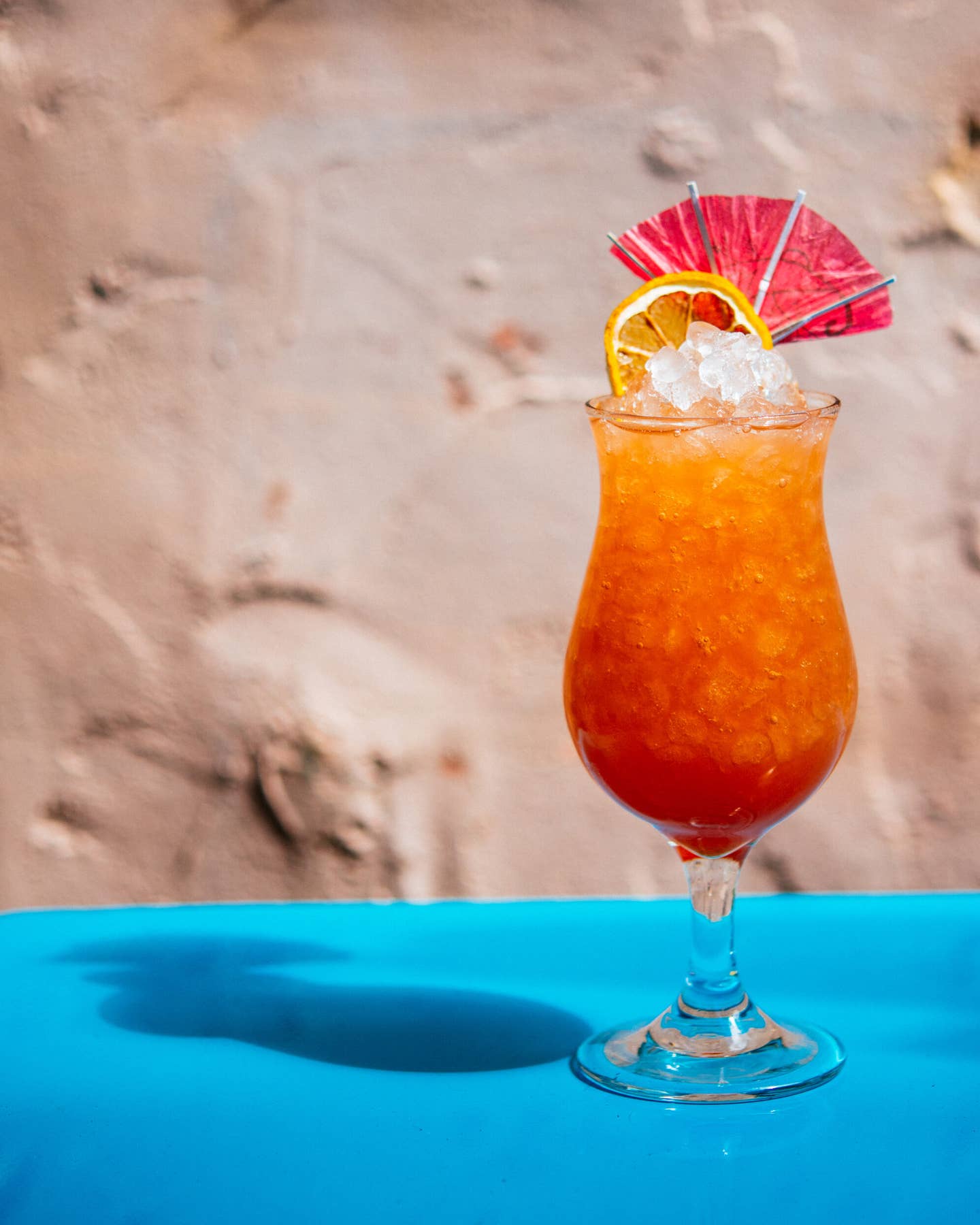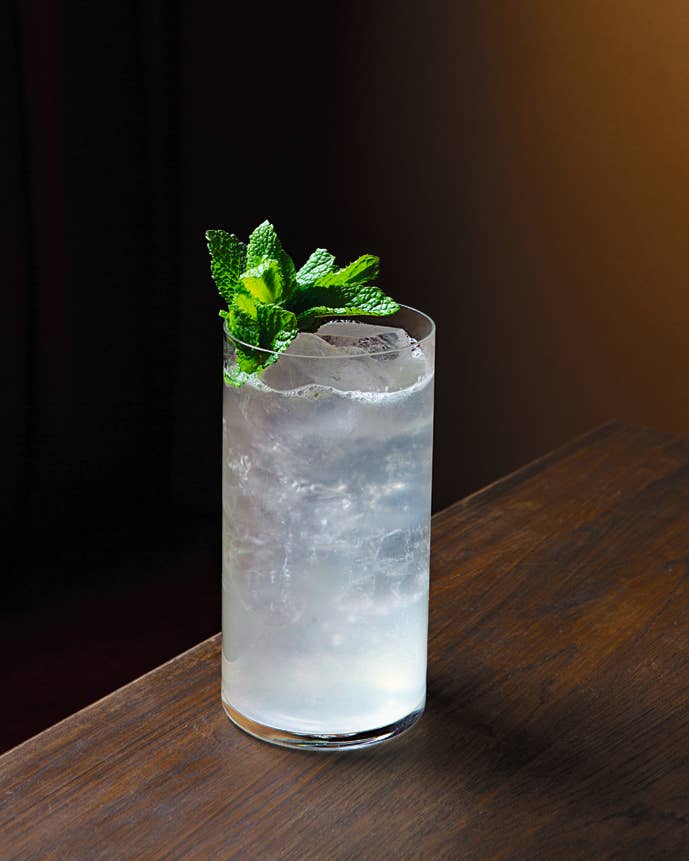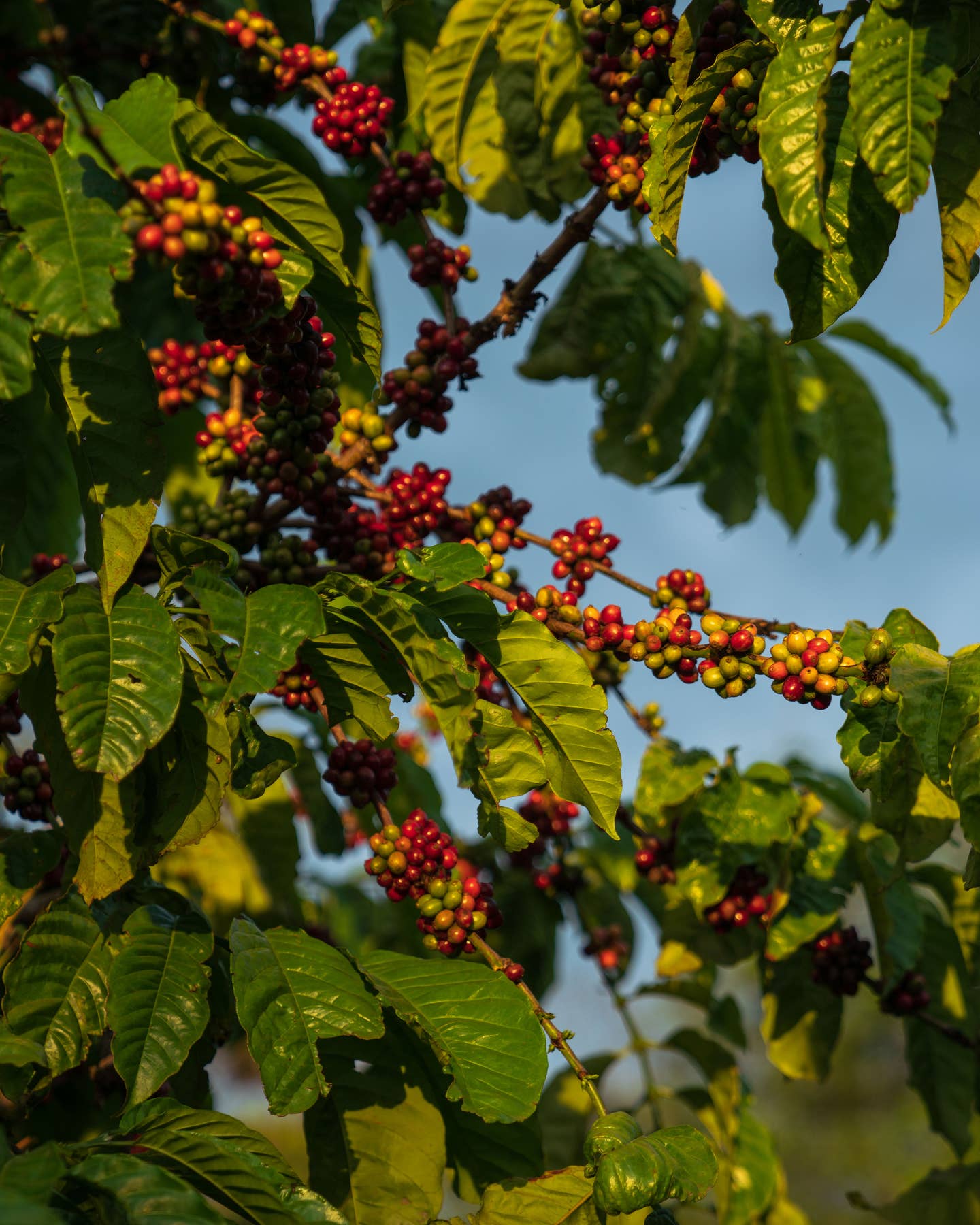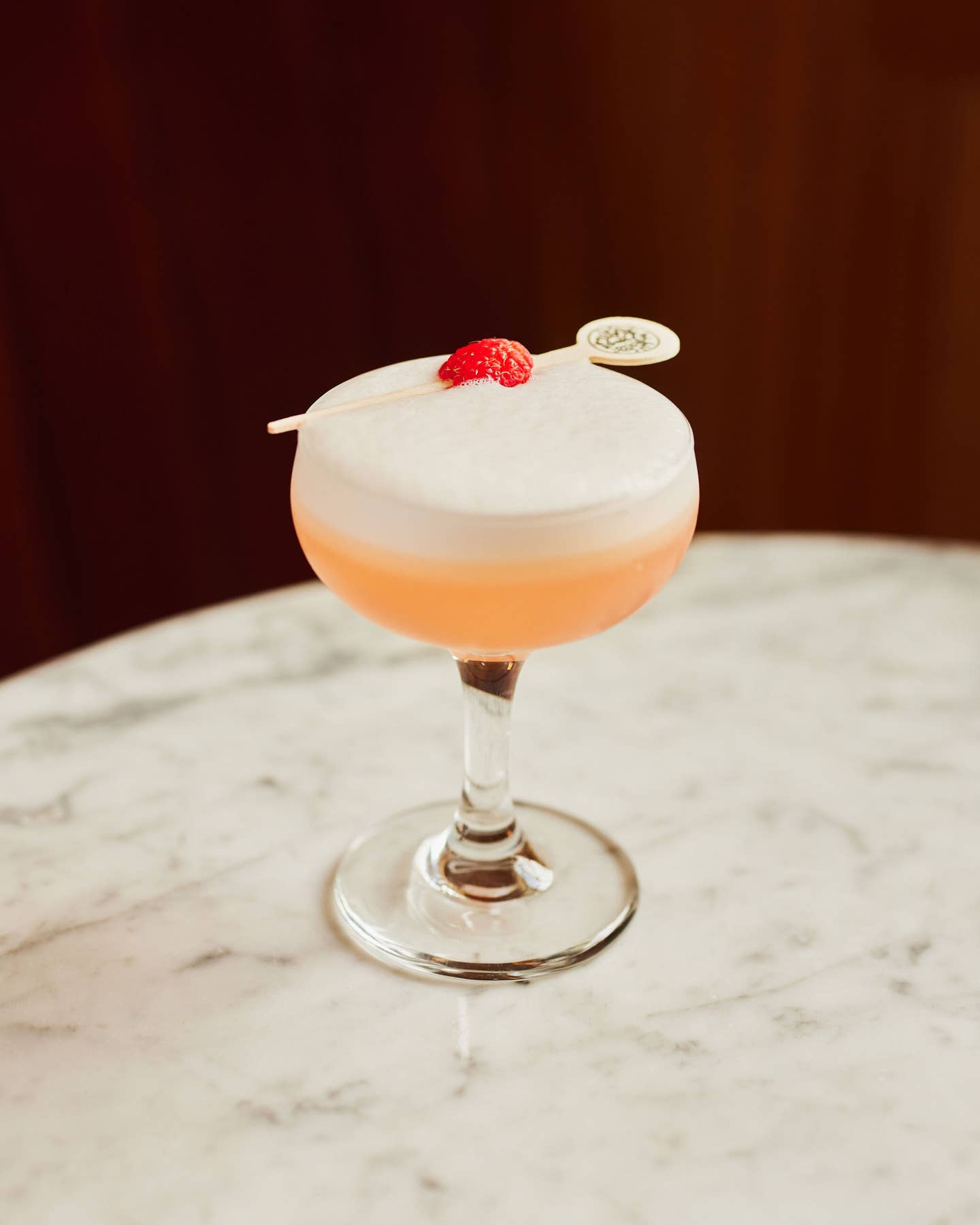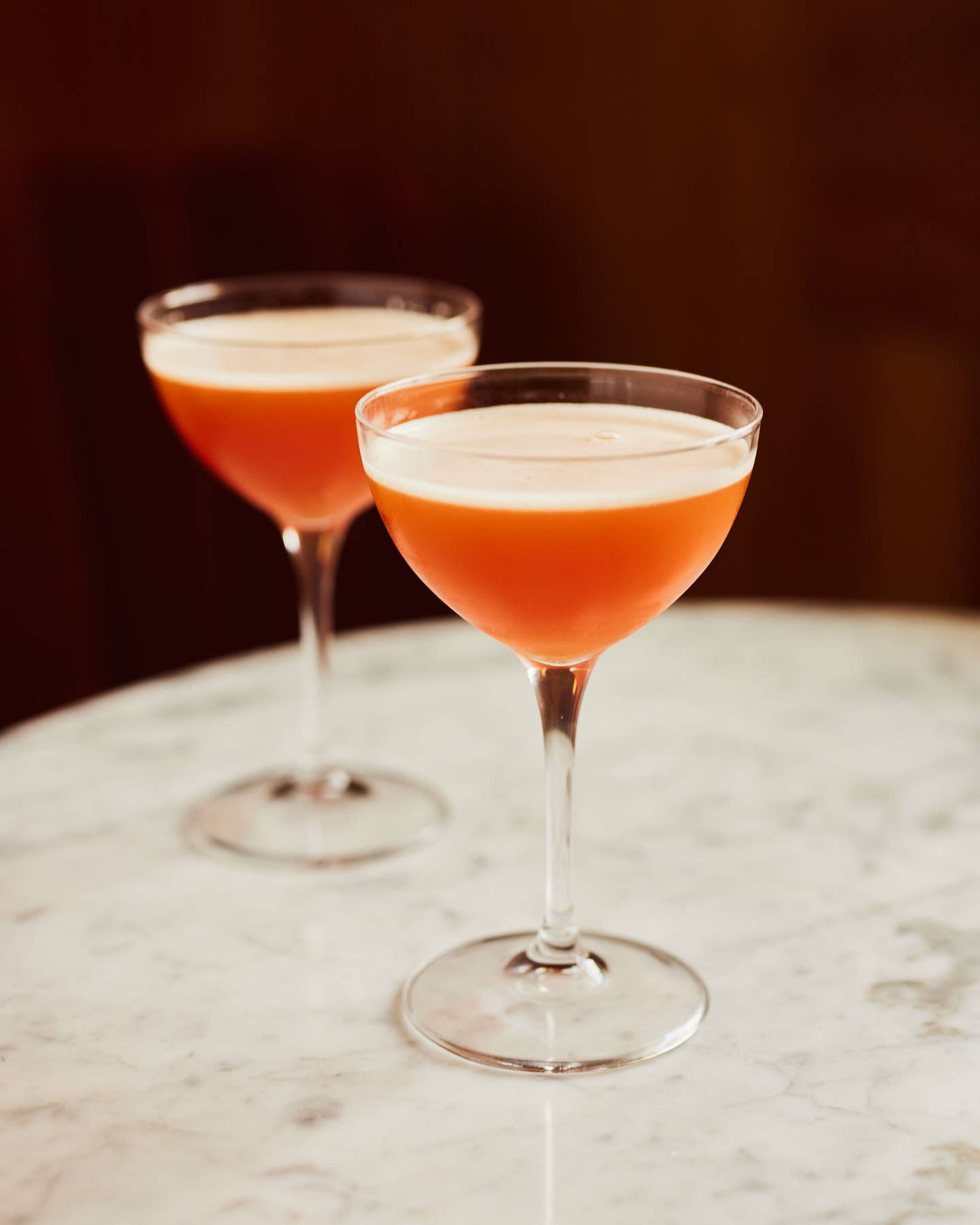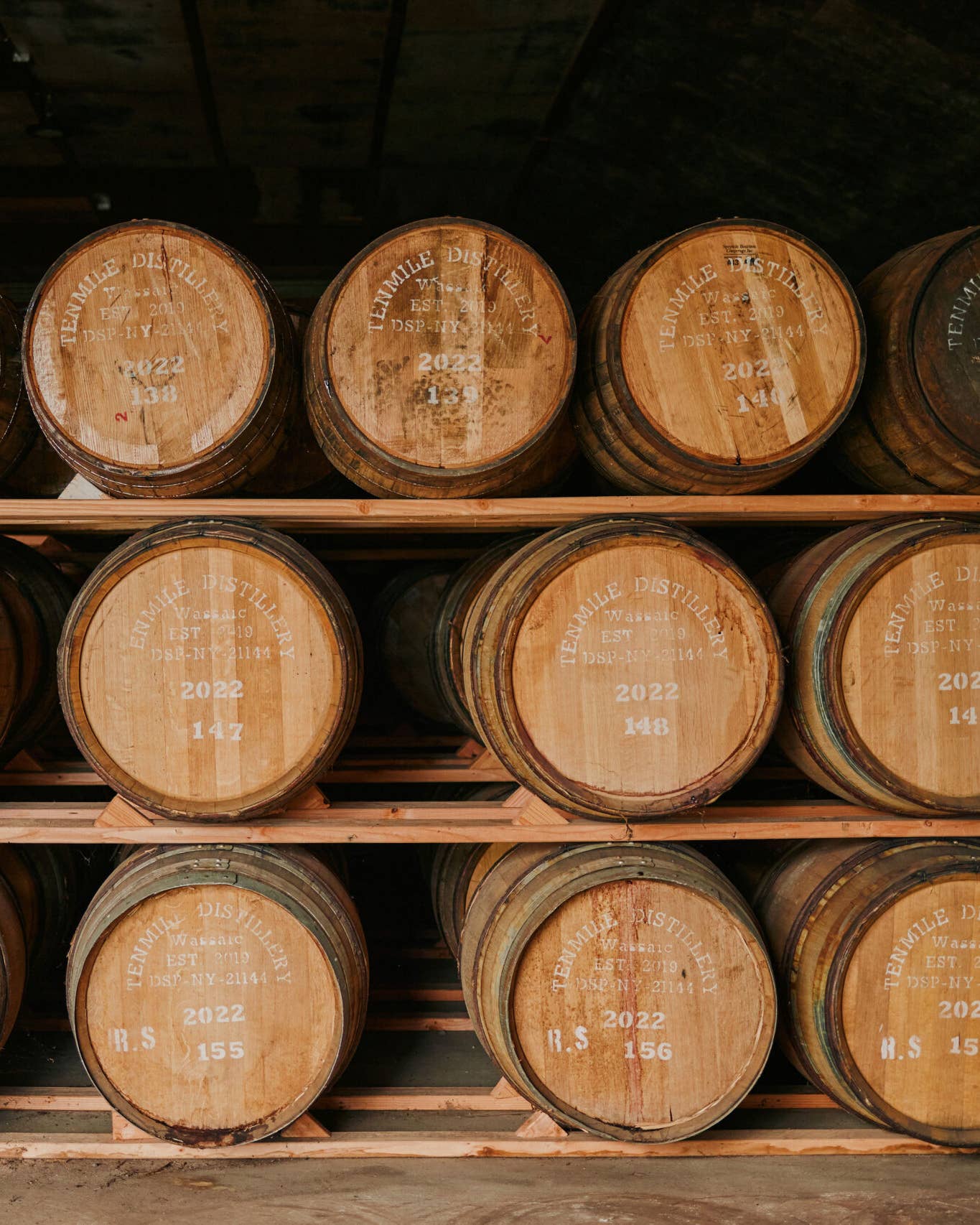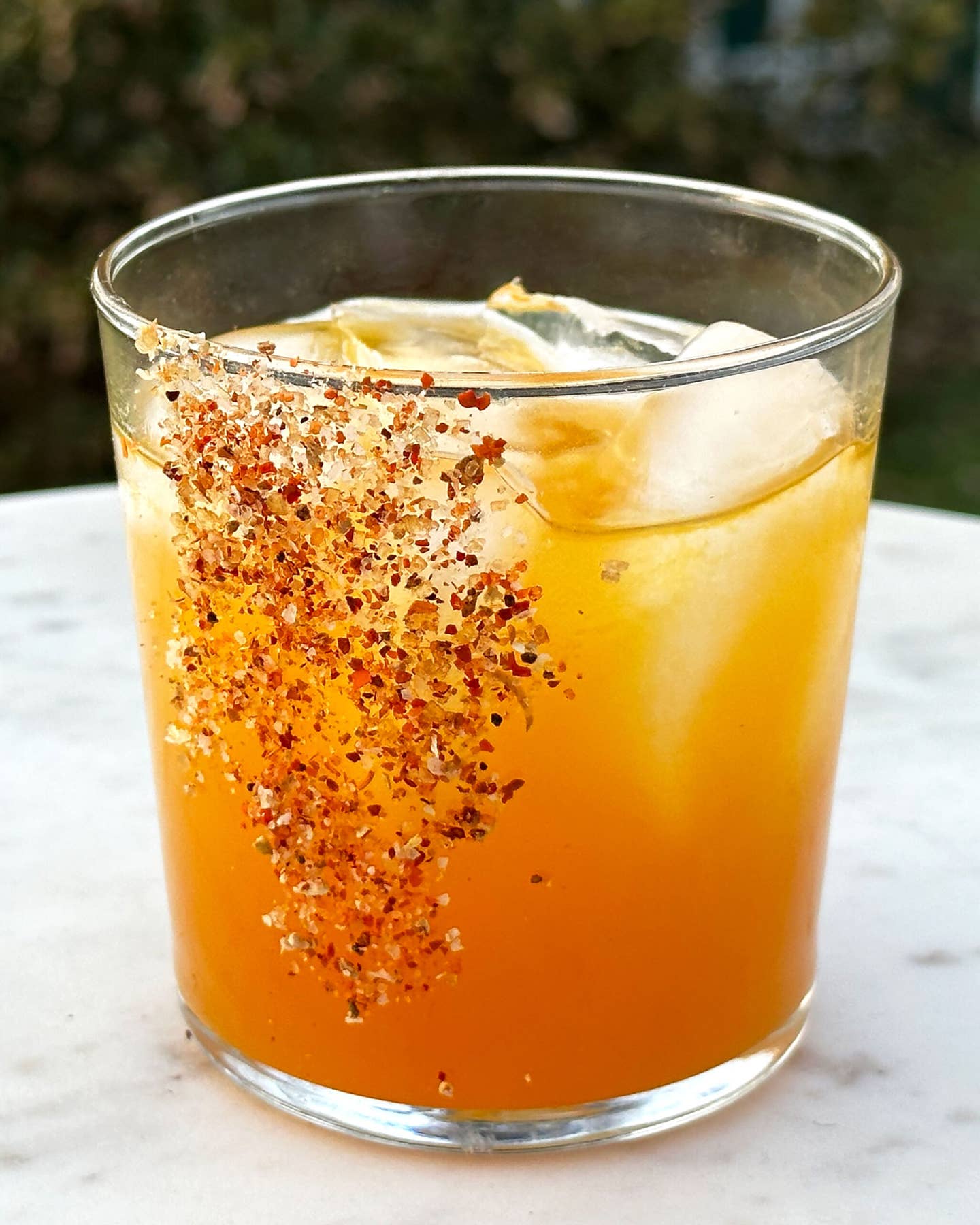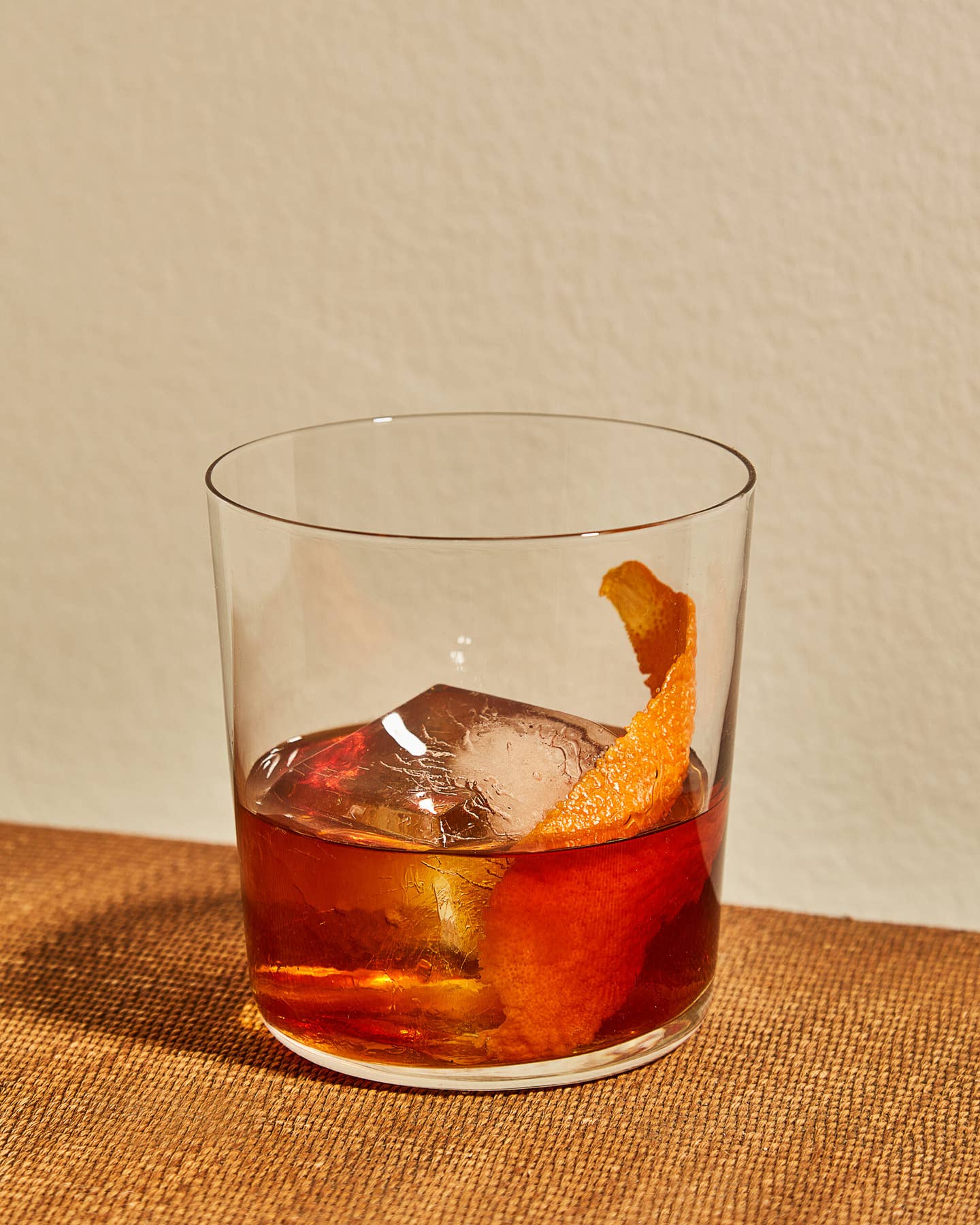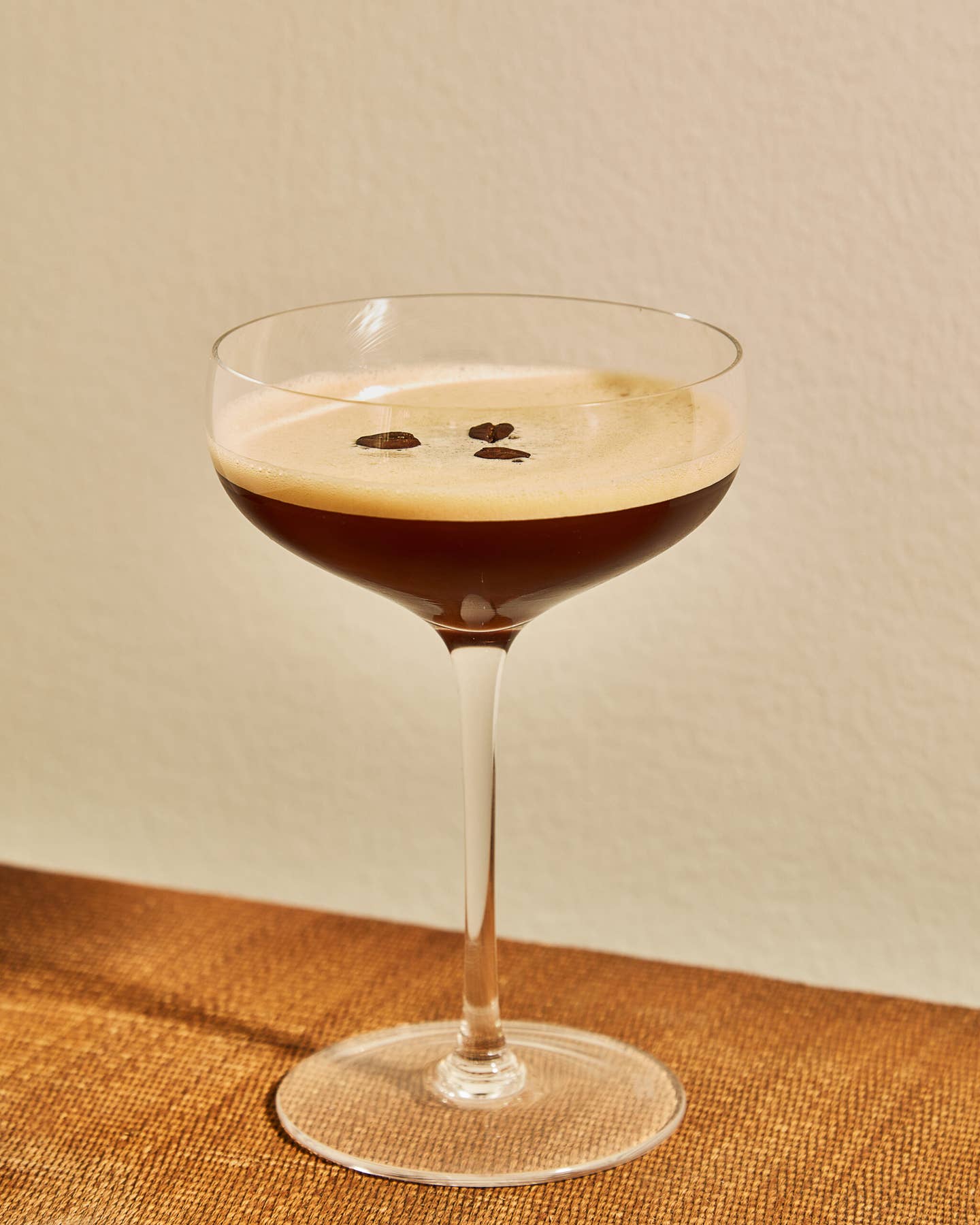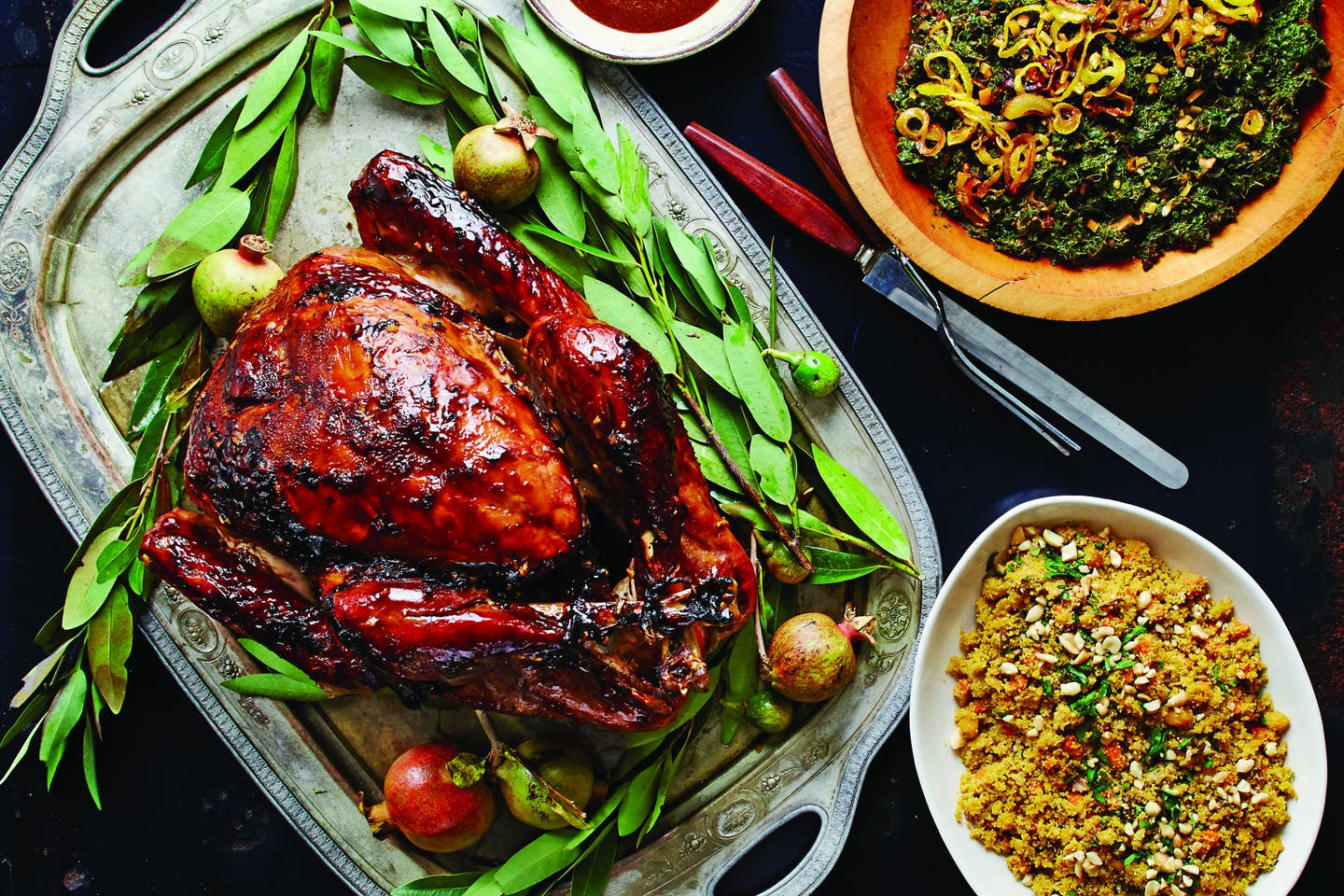
Best Wines for Thanksgiving Dinner
Tamlyn Currin’s cheeky pairing guide celebrates the spirit of the season.
This article originally appeared on JancisRobinson.com.
There are three reasons why choosing wine for Thanksgiving should be as easy as pie:
One, we’ve been doing it for hundreds of years—we’re not exactly new to the game.
Two, turkey goes with everything and anything—it’s the ultimate white-canvas food.
Three, it’s about family, friends, sharing, celebrating—the one day in the whole year when pretentiousness should be thrown out the window.
On the other hand, there are three reasons why choosing wine for Thanksgiving is fraught with danger:
One, it’s about family, friends—often a potentially explosive mix of religion, politics, cultures, values, generations, barely concealed ancient feuds (and fundamentally incompatible notions on appropriate beverages).
Two, it’s not about the turkey—it’s everything else. The sides, oh the sides, oh my aching sides. Mashed potatoes or maple-syrup-glazed carrots? Stewed collard greens or bacon-fried brussels sprouts? Corn bread or corn pudding? Crab cakes or oysters? Pumpkin empanadas or Jell-O salad?
Three, we’ve been doing it for hundreds of years—that’s a dinner influenced by the Indigenous Americans, English, French, Irish, Scottish, Italians, Chinese, Polish, Russians, Ukrainians, West Africans, Moroccans, Thai, Mexicans, Caribbeans, Germans, Spanish, Greeks, Dutch… I could go on. The rich roll call of cultural influences on American Thanksgiving interpretations is as complex as it gets.
With this thankless gridlock on our hands, wine choices could be pared down to two broad approaches:
Option A: If your Thanksgiving table is a smorgasbord of dishes, a chaotic clash of cultures and cuisines, a potluck or a complete unknown (you’re in charge of the wine but who knows what the cook is going to come up with)—basically one in which it’s going to be nigh on impossible to “match” wines to food—then match wines to people.
Option B: If your Thanksgiving is a food-centered devotion, an homage of theme and style, then match wines to food.
As option B is fraught with a bewildering number of permutations and really only possible once one has a specific menu to hand, we’ve gone with the situation you’re most likely to find yourself in—option A.
Ignoring the patently obvious fact that I’m ignoring all shades of grey, the group gathering around your table may be defined, in relation to wine, as snobs, nerds, philistines, or all sorts, each requiring a different approach in the wine aisle. Here’s a quick guide to Thanksgiving dinner-matching success.
Snobs—the wines should preferably be traditional, classic, prestigious, and, especially, expensive…
- Cocktail: dry martini made with Nolet’s Silver Dry Gin, a bare spritz of Martini Extra Dry vermouth and a lemon zest twist.
- Fizz: Champagne, obviously, preferably regal and magnificent; Krug or Bollinger.
- White: Burgundy, perhaps vintage 2014 or even 2002 (Comtes Lafon, Leflaive, or Roulot).
- Rosé: do snobs drink rosé? Perhaps not, but if there was going to be a rosé on the table, it would have to be Domaine Ott.
- Red: Bordeaux (Châteaux Lafite, Latour, or Mouton (Pichon Baron if you’re slumming it) or a bordeaux blend from Napa (Opus One, Shafer).
- Dessert: Sauternes (Châteaux Suduiraut or d’Yquem) and vintage port (Taylor’s, Graham’s ).
- Post-prandial: Armagnac (Darroze, Labaude, or Laberdolive).
Nerds—you’re looking for insider wines, a little quirky, perhaps made with wild yeasts and skin contact, from little known or forgotten regions, ancient vines, unpronounceable grape varieties, or, maybe even fruits other than grapes…
- Cocktail: negroni (perhaps made with Mommenpop Blood Orange vermouth, Don Ciccio & Figli’s Luna Aperitivo, and Bluecoat American dry gin), though real wine nerds will be reaching for the fino or manzanilla sherry—an Equipo Navazos La Bota, perhaps.
- Fizz: what could be more off-beat but essentially American than a bone-dry sparkling wine made from blueberries, Bluet Champagne Method; or a US-grown apple cider such as Eve’s Cidery Dry Sparkling cider? If you’re sticking to wine, look to New York’s Finger Lakes for bubbly (Damiani, Dr Konstantin Frank, Hermann J. Wiemer).
- White: Jura, sous voile, vin jaune or ouillé (Domaine du Pélican, Tissot).
- Amber/orange: go for amphorae/qvevri-aged wines from Friuli or Georgia (Gravner, Gotsa, Chona’s Marani).
- Rosé: look for earthy, idiosyncratic pinks, such as Clos Cibonne’s Tibouren or the iconic, fully mature R Lopéz de Heredia Rioja Gran Reserva Viña Tondonia.
- Red: embrace the thrilling field blends from California’s heritage vineyards (Bedrock, Carlisle, Forlorn Hope, Turley) or search out rare Italian varieties (try Pelaverga Piccolo).
- Dessert: Madeira might be considered the most traditional of dessert wines and has a long history in the US—Thomas Jefferson and George Washington both had a lifelong love of the wine—but it’s also an insider wine. Blandy’s and Barbeito lead the way (look for the brilliant Ricardo Freitas’s Historic Wine Series).
- Post-prandial: Apple brandy from the historic Laird & Company Distillery in New Jersey, or maybe the walnut or wild quince liqueurs from Distillerie Cazottes in south-west France.
Philistines—going by the Oxford Dictionary definition (“a person who is hostile or indifferent to culture and the arts”) and applying it to wine, which is why we’re here, the hard reality for us wine lovers is that festive gatherings of loved ones can be defined by total disregard for what is in the glass. As a wine lover, this situation requires careful handling. You want a beverage that you want to drink, but also something with universal appeal. Do not break the bank.
- Cocktail: Punch-House Spritz.
- Fizz: Valdobbiadene Prosecco (Adami, Bellenda, Ruggeri).
- White: Oregon chardonnay (Adelsheim, Phelps Creek, and Wetzel).
- Rosé: Provence—just avoid the celebrity brands which tend to be overpriced and overproduced and look instead for wines such as Commanderie de la Bargemone, Bieler Père et Fils, Ch La Gordonne.
- Red: Bojo and its slim-tannin, bright-fruit ilk are the wines to look for here: Beaujolais (Guy Breton, Chapel, Dominique Piron), Oregon gamay (Brick House, Love & Squalor) or California Valdiguié, aka Napa gamay (Broc, Cruse Wine Co, J Lohr).
- Dessert: who can resist an island wine? Try Donnafugata Ben Ryé Passito from Pantelleria, or a Samos muscat.
- Post-prandial: Bourbon.
Allsorts—the nightmare mix of wine-snobbish, teetotal, beverage-obsessed, glug-anything, brand-name-dependent, as-long-as-its-sweet-and-fizzy, big-spenders, and tight-as-ebenezer friends and relatives. Everyone is a martyr to compromise. You need easy-drinking, good-quality, crowd-pleaser wines that will have enough fruit and freshness to go with anything.
- Cocktail: DIY (a table laden with vodka, gin, random mixers—hide the fancy tonics—a jug of sugar syrup, a pile of lemons, mountains of ice and leave them to get on with it).
- Fizz: Cava (Gramona, Juvé y Camps, Mestres, Sumarroca).
- White: Alentejo whites—delicious, inexpensive (Herdade do Rocim, Quinta do Mouro, Susana Esteban).
- Rosé: Rioja knows how to make food-friendly rosado, packed with fruit at good-value prices (CVNE, Marqués de Cáceres, Muga).
- Red: Argentine malbec (Vistalba, Zorzal, Zuccardi).
- Dessert: a younger Australian stickie (Campbells, Chambers Rosewood Vineyards, De Bortoli).
- Post-prandial: Rye whiskey.
Thanksgiving is a time to be with people. I don't often say this, but let the wine take a step back.
Tamlyn Currin is a sustainability editor, staff writer, and resident food maven at JancisRobinson.com. For more international wine coverage and expert pairing advice, become a member.
Keep Reading
Continue to Next Story

